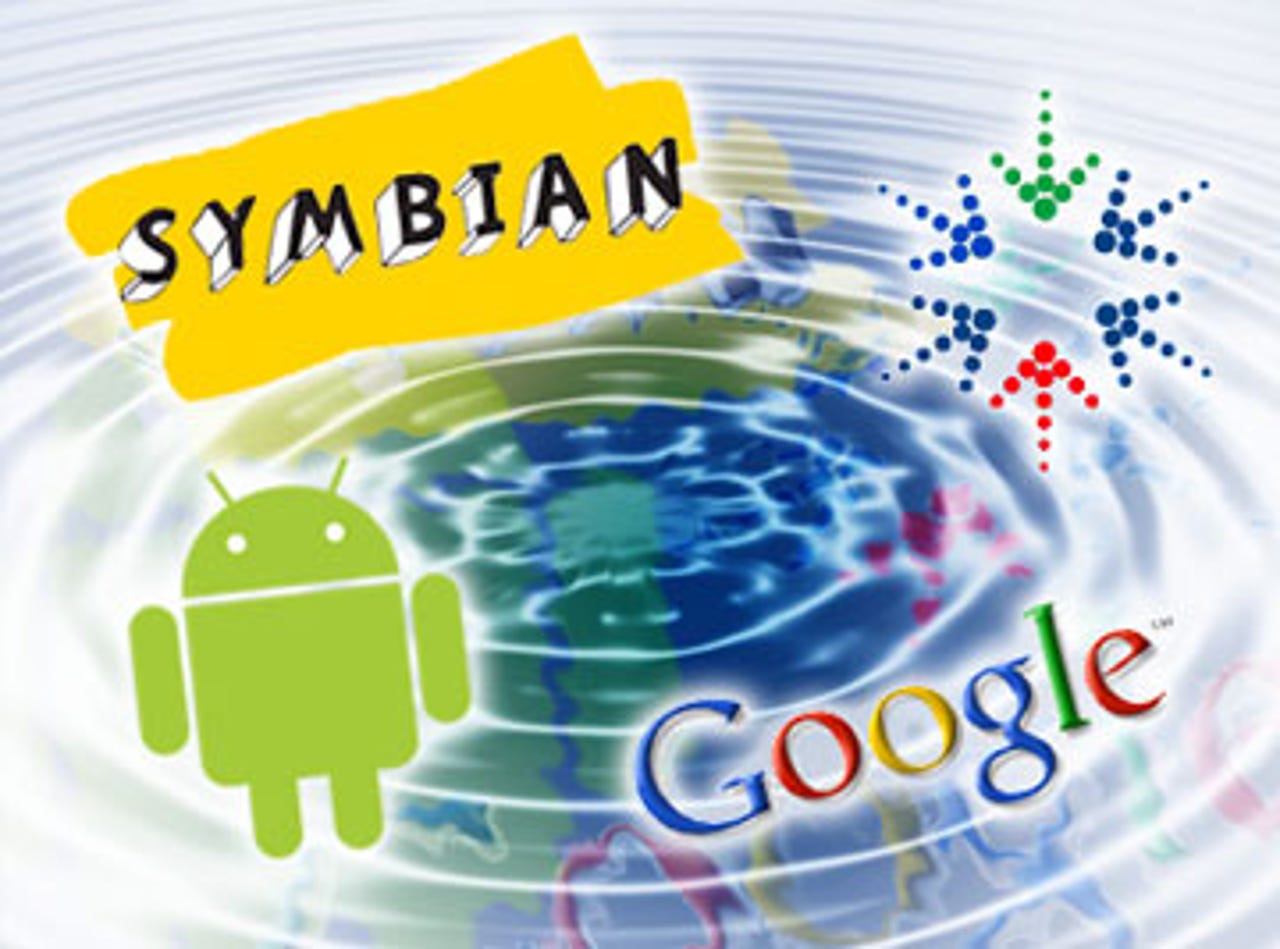Gallery: 10 best open source mobiles


How times have changed.
?Nowadays smartphones are more likely to resemble shiny touchscreen toys and their OS has never been so important.
To serve a very demanding consumer audience and to attract all-important developers, smartphone makers are increasingly opting for an open source operating system. More than 60 per cent of the smartphone market now uses an open source OS, according to analyst house Juniper Research, which has noted a significant shift from proprietary to open source.
Google, for example, cooked up its Android mobile OS platform to be open from the start.?
However, Android wasn't the first mobile Linux effort by any means: work on open source mobiles by the LiMo Foundation, as well as the Openmoko project was already underway by the time the Google OS was announced.
Symbian is also in on the open source act, after its Symbian Ltd incarnation evolved into the open source Symbian Foundation and started the process of setting the Symbian OS free.
With Juniper Research predicting smartphones shipped with an open source OS will increase from 106 million this year to 223 million by 2014, the wind is well and truly in open source's sails.
In the meantime, you might be wondering what handsets are out there already - and to give you a flavor of open source mobiles Natasha Lomas of silicon.com has rounded up some of the best devices to date over the next 10 pages...
Credit: HTC
Despite being a handset that was only offered to developers and with only around 1,000 devices made before it was discontinued, Trolltech's dream of a flourishing Linux ecosystem has surely been successful - albeit not necessarily in the way it originally envisaged.
Three years on from the advent of Greenphone and mobile Linux is in rude health, thanks in large part to Google's Android OS.
Trolltech is now known as Qt Development Frameworks and concentrates its efforts on its Qt graphical toolkit software.
Credit: David Meyer/ZDNet UK
The Hero is its latest Android offering - a slick touchscreen handset running Android but also skinned with HTC's own UI, called Sense - showing how the platform is changing.
Credit: HTC
Credit: HTC
Like the HTC Magic, the device comes with the Android UI. It differs from the Hero and Magic by having a slide-to-reveal physical Qwerty keyboard as well as a touchscreen.
Credit: Natasha Lomas/silicon.com
Credit: Samsung
However it does have a finger in another open source pie with a Linux-based OS called Maemo, which it's used on its line of internet tablets. The latest of which - the N900 (pictured above) - comes with wi-fi and cellular connectivity, making it a smartphone in all but name.
Credit: Nokia
Credit: NTT DoCoMo
Beyond Android, the device is interesting as it has a customizable homescreen allowing the device to automatically sync with a user's social networking services and other feeds - a service called Motoblur. There's also cloud back-up so any data kept on the phone is also stored remotely.
Credit: Motorola
Credit: Vodafone
Credit: Openmoko